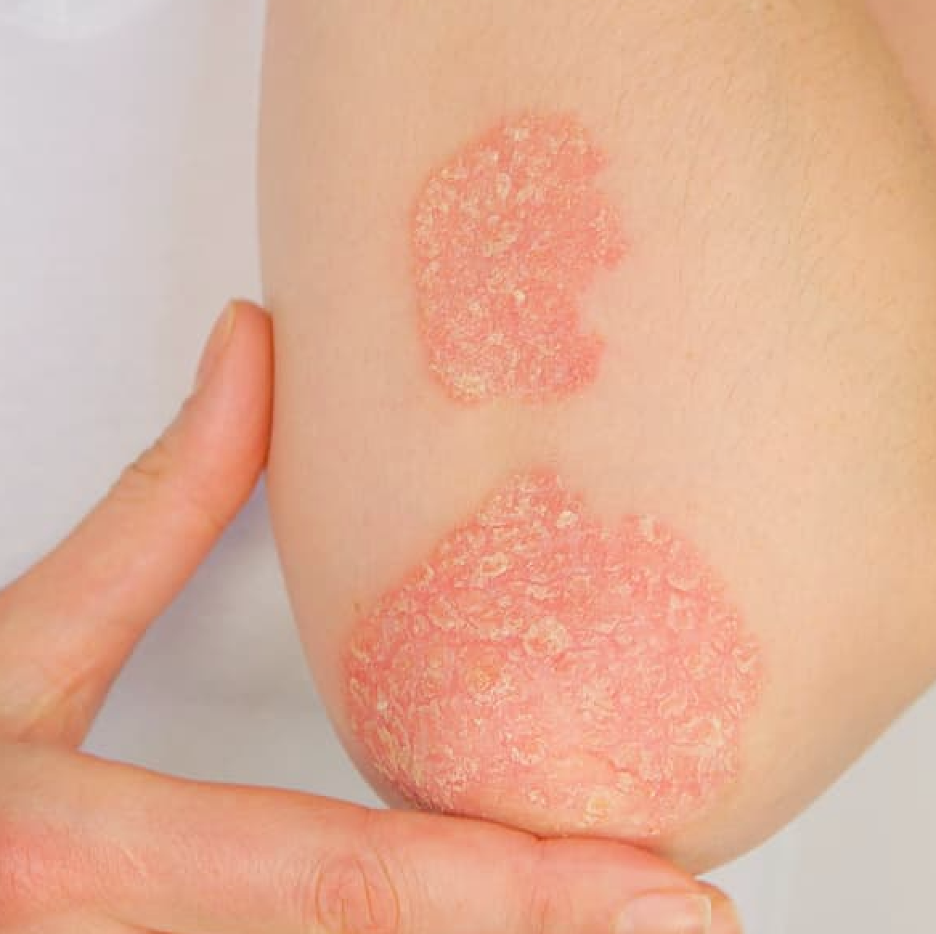Article
Secukinumab Demonstrates Safety, Efficacy in Patients with Ankylosing Spondylitis, Psoriatic Arthritis
Author(s):
Treatment with secukinumab was safe and effective for patients with ankylosing spondylitis and psoriatic arthritis, with significant reductions in disease activity scores observed through 52 weeks.
Treatment with secukinumab was proven to be a safe and effective option for patients with ankylosing spondylitis (AS) and psoriatic arthritis (PsA), according to a study published in Advances in Rheumatology.1 However, investigators encourage further attention on the influence of gender on treatment response.
Image Credit: Adobe Stock/helivideo

Spondyloarthritis (SpA) is defined as synovial and entheseal inflammation of peripheral and/or axial joints, which may result in reduced quality of life, joint damage, pain, stiffness, disability, and work inefficiency.2
“Interleukin (IL)-17 is a key player in the pathogenesis of SpA and a new class of biologics blocking IL-17 has been developed and approved for treatment as an alternative to tumor necrosis factor inhibitors (TNF),” stated a team of Italian investigators. “In clinical trials, secukinumab has in fact shown good efficacy and safety in both AS and PsA. However, an important goal is to confirm its effectiveness and tolerability profile in the real-life management of these patients, and to investigate patient adherence to treatment.”
A retrospective analysis of medical records was conducted for patients with PsA (peripheral disease) and AS (axial disease) attending the Clinic of the Rheumatology Unit at Papardo Hospital in Messina, Italy, receiving secukinumab treatment between December 2017 and December 2019.
Axial and peripheral disease activity among these patient populations were evaluated using the ankylosing spondylitis disease activity score using C-reactive protein (ASDAS-CRP) and the 28-joint disease activity score using C-reactive protein (DAS28-CRP) scores. Data were collected at 0, 8, 24, and 52 weeks of treatment.
Primary outcomes were changes in ASDAS-CRP or DAS28-CRP and the rates of remission or inactive disease at 24 and 52 weeks. Demographic information, such as disease duration, age, gender, disease activity at baseline, concomitant treatments, and body weight were assessed.
In total, 85 adult patients (56 with PsA and 29 with AS) received secukinumab treatment, of which 62 were female and 23 were male. Most (85%) patients were biologic-naïve, the mean disease duration was 6.7 years, and the mean age was 55.5 years. At baseline, 76% of patients with AS and 82% of patients with PsA reported high or very high disease activity.
At all time-points, significant reductions in ASDAS-CRP and DAS28-CRP were observed in patients receiving secukinumab treatment. Disease activity changes were significantly affected by disease activity status at baseline in the PsA cohort and body weight in the AS cohort. At 24 weeks, ASDAS-defined inactive disease and DAS28-defined remission were achieved by 45% of patients with AS and 46% of patients with PsA. At 52 weeks, 65.5% of those with AS and 68% of those with PsA were able to achieve inactive disease and remission. Patients with the highest disease activity at baseline experienced the greatest score reductions. The drug was effective regardless of disease duration and previous TNF exposure.
Male sex was reported to be an independent predictor of positive response (odds ratio [OR] 5.16, P = 0.027). At 52 weeks of treatment, low disease activity and drug retention were reported in 3 out of 4 patients. Secukinumab was well-tolerated, with only 4 patients (5%) experiencing mild injection-site reactions.
According to investigators, the small sample size, lack of a control cohort, and the retrospective study design limited the findings. However, the real-world information and insights into secukinumab responders validated the safety and efficacy of the drug among these patient populations.
“This study supports a high effectiveness and tolerability profile for secukinumab in the real-life management of patients with AS or PsA, in accordance with results previously obtained in RCTs,” investigators concluded. “We report significant reductions in disease activity scores in both groups, with comparable high proportions of patients achieving optimal disease control, and high drug retention rates at one year of follow-up…Larger real-life studies with longer follow-up are warranted."
References
- Molica Colella F, Zizzo G, Parrino V, et al. Effectiveness and safety of secukinumab in ankylosing spondylitis and psoriatic arthritis: a 52-week real-life study in an Italian cohort. Adv Rheumatol. 2023;63(1):15. Published 2023 Mar 27. doi:10.1186/s42358-023-00295-2
- Dougados M, Baeten D, Spondyloarthritis. Lancet. 2011 Jun 18;377(9783):2127-37. doi: https://doi.org/10.1016/S0140-6736(11)60071-8. PMID: 21684383.




